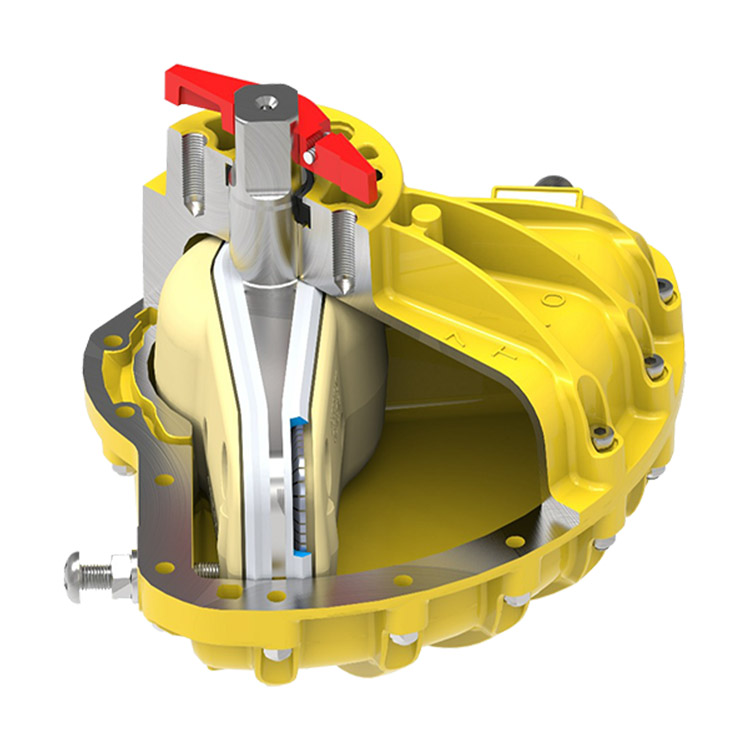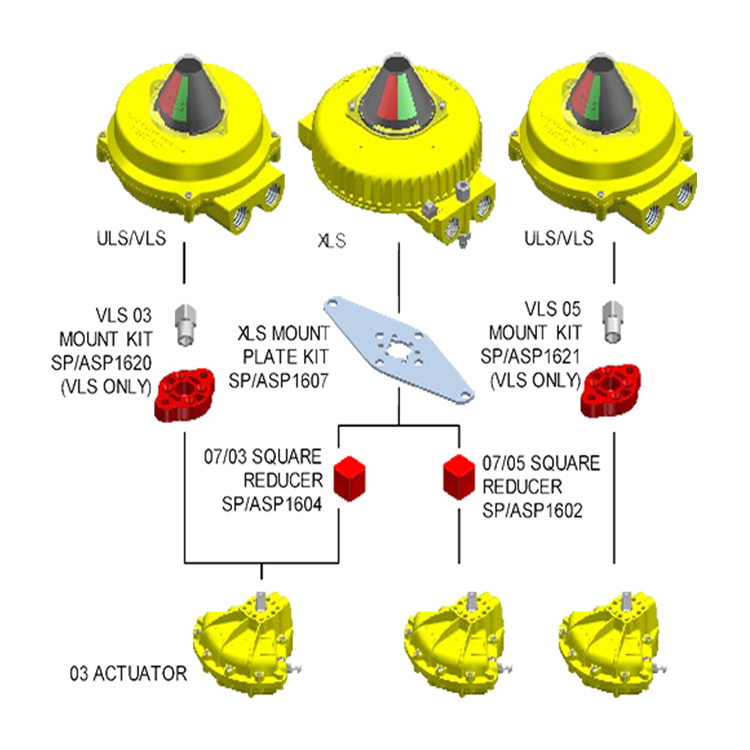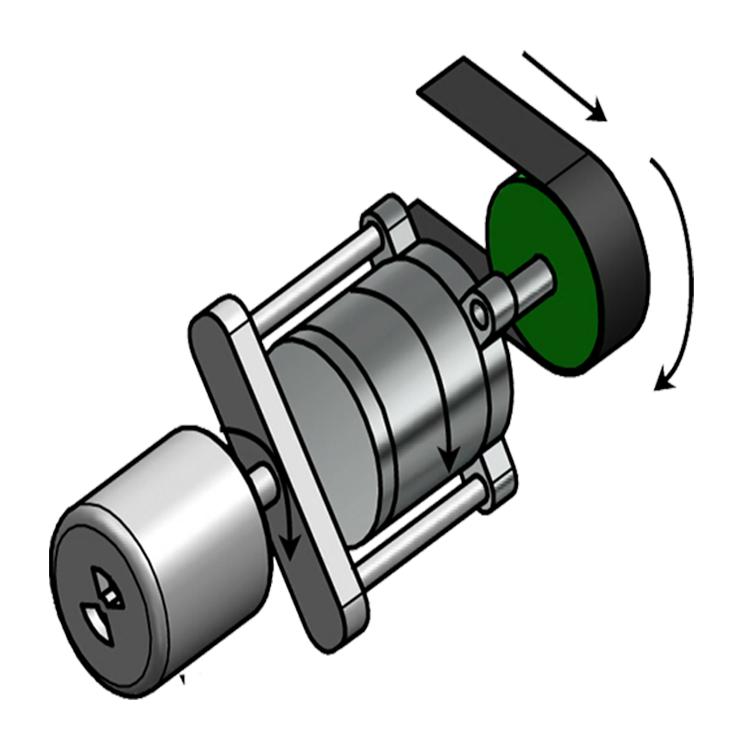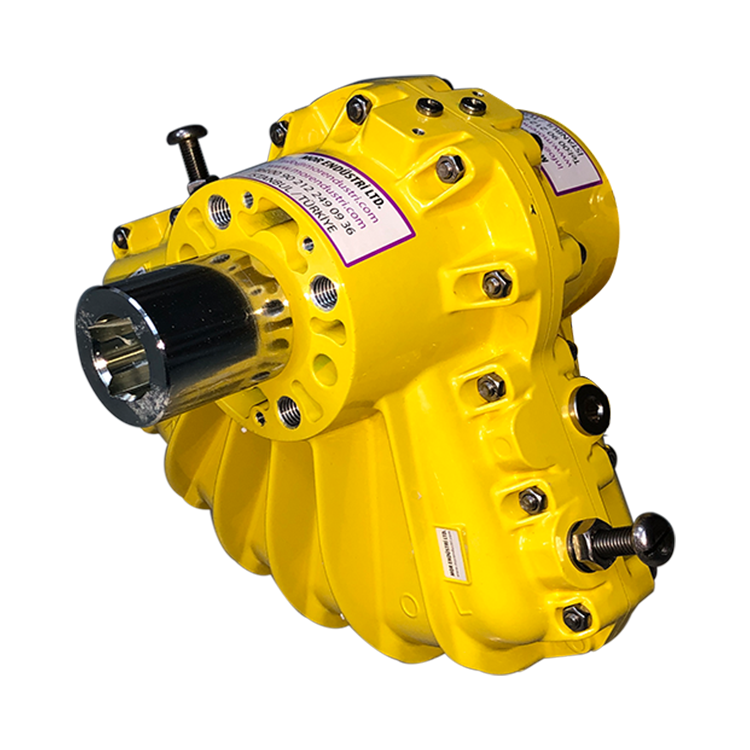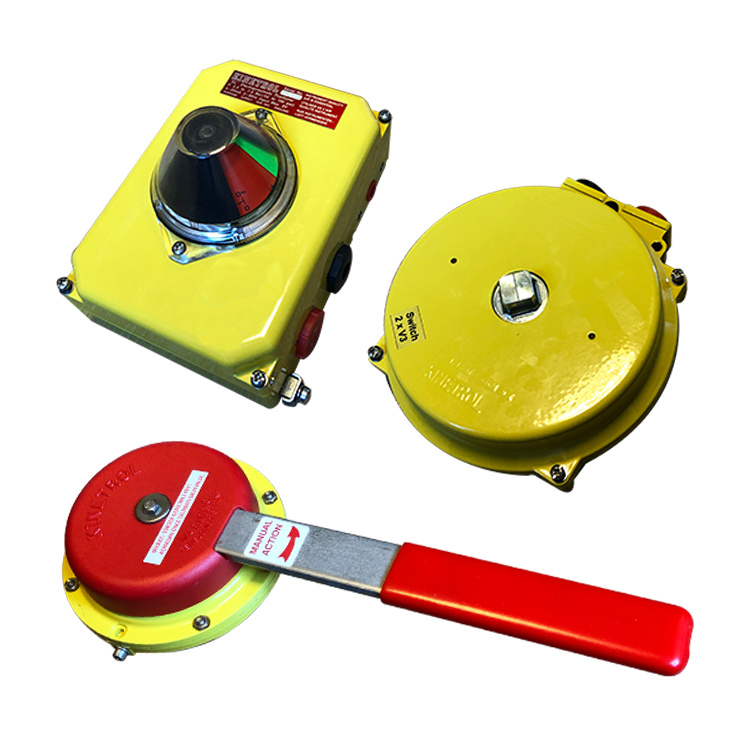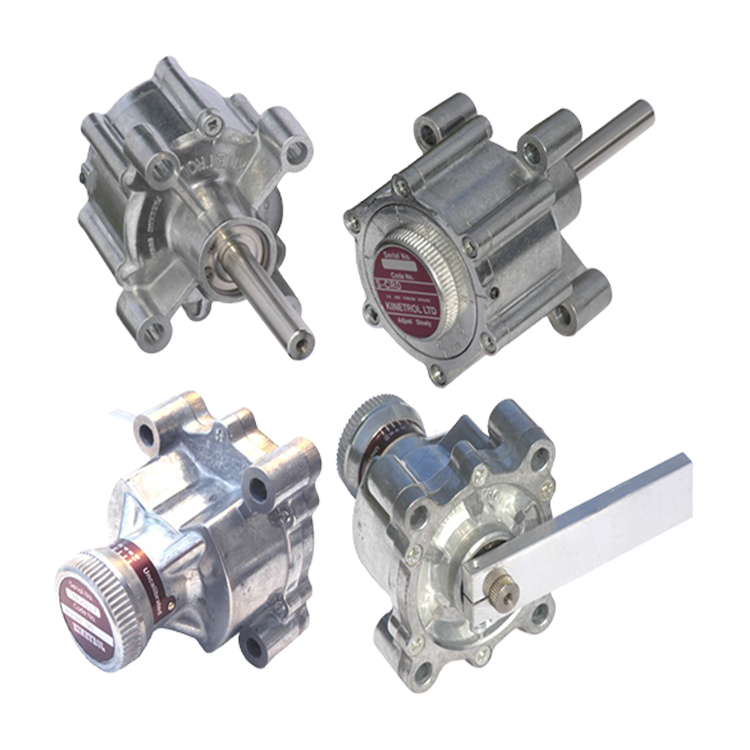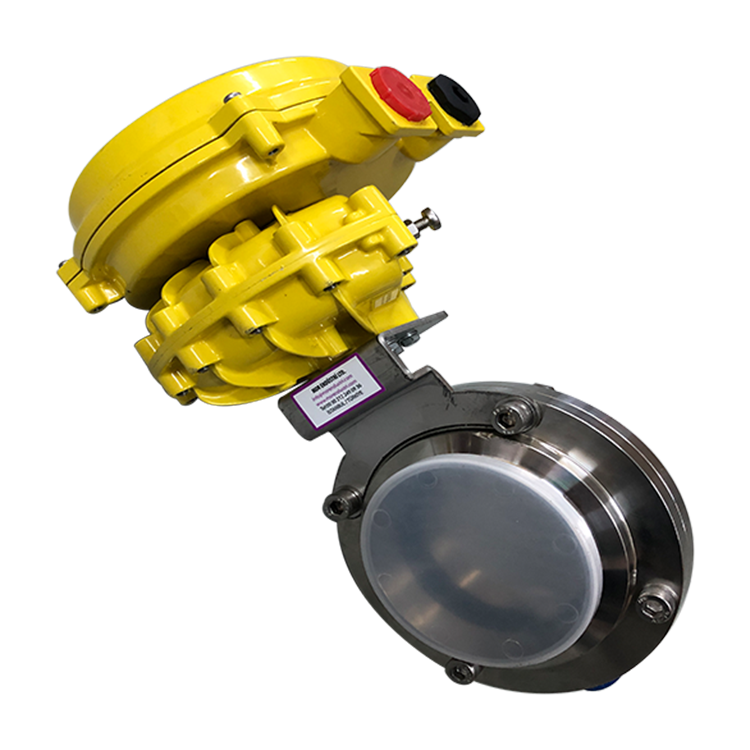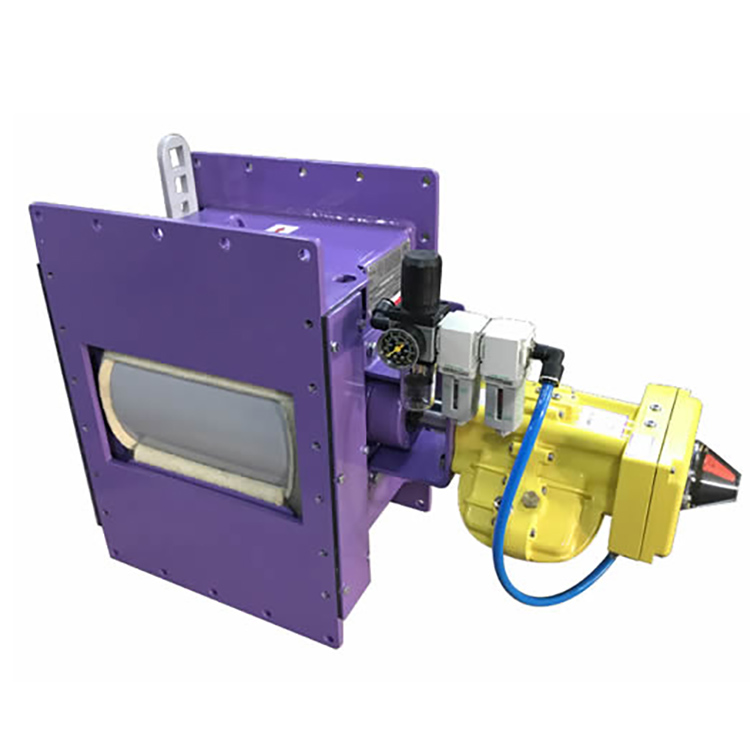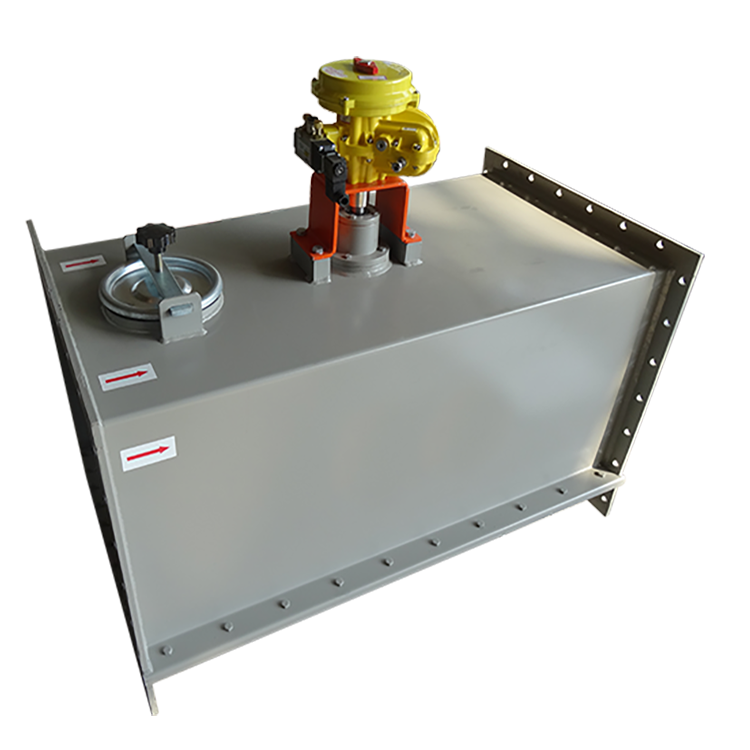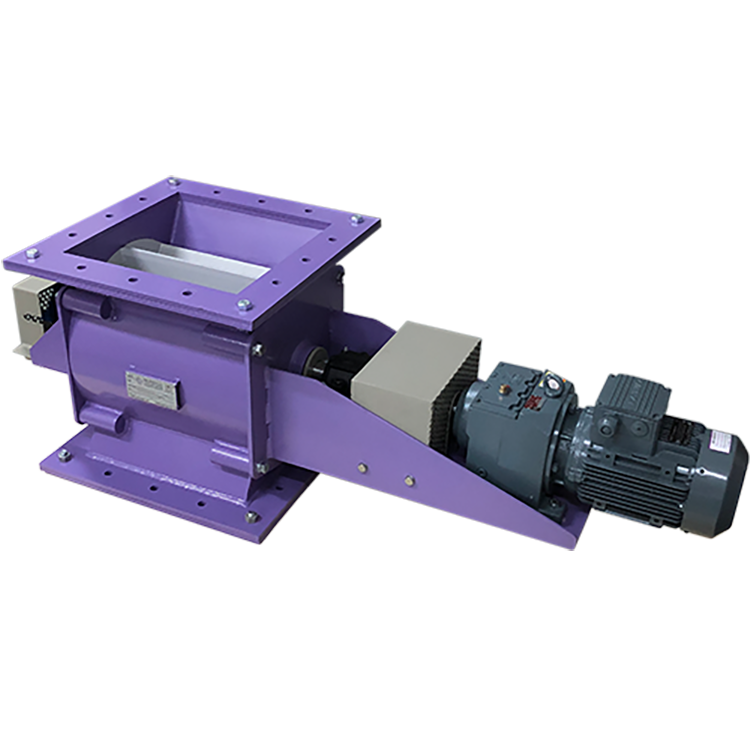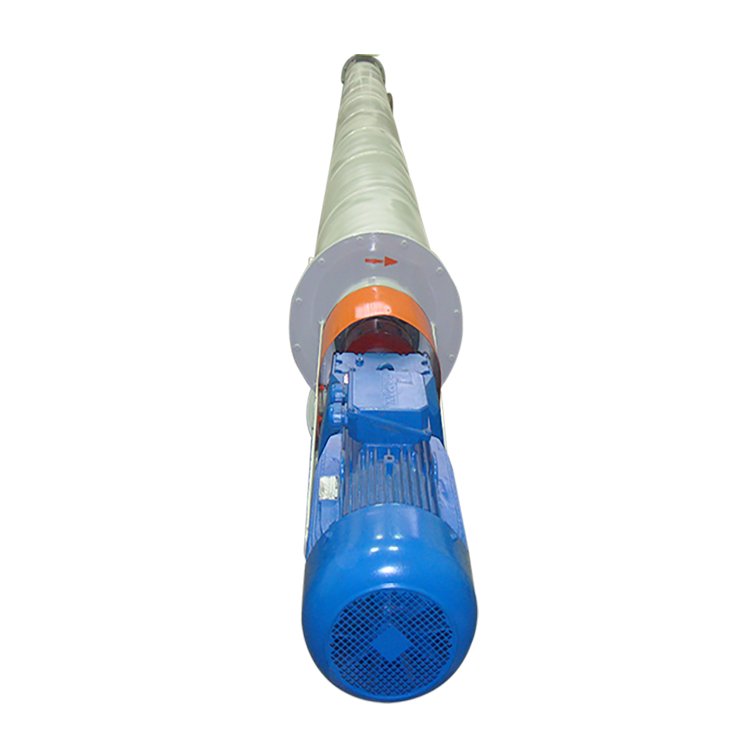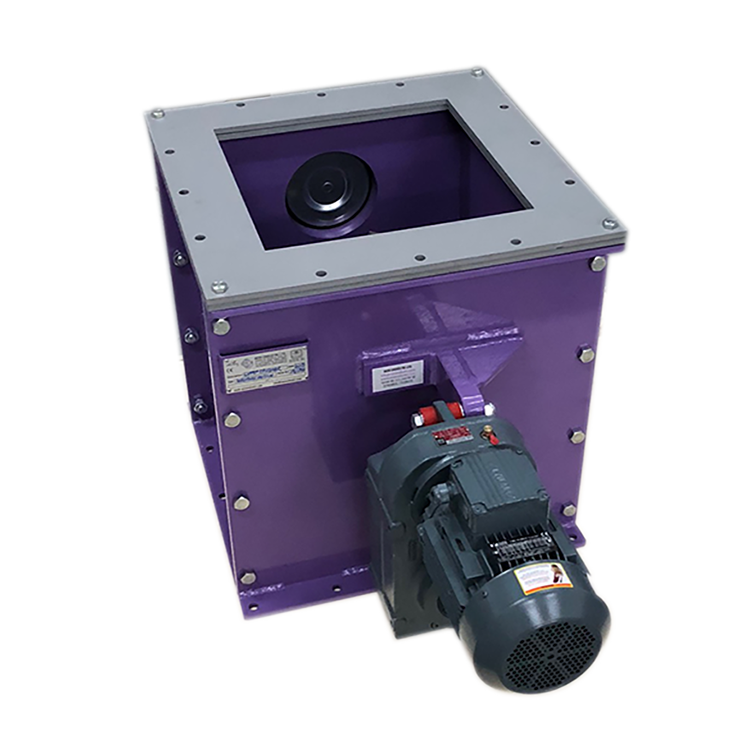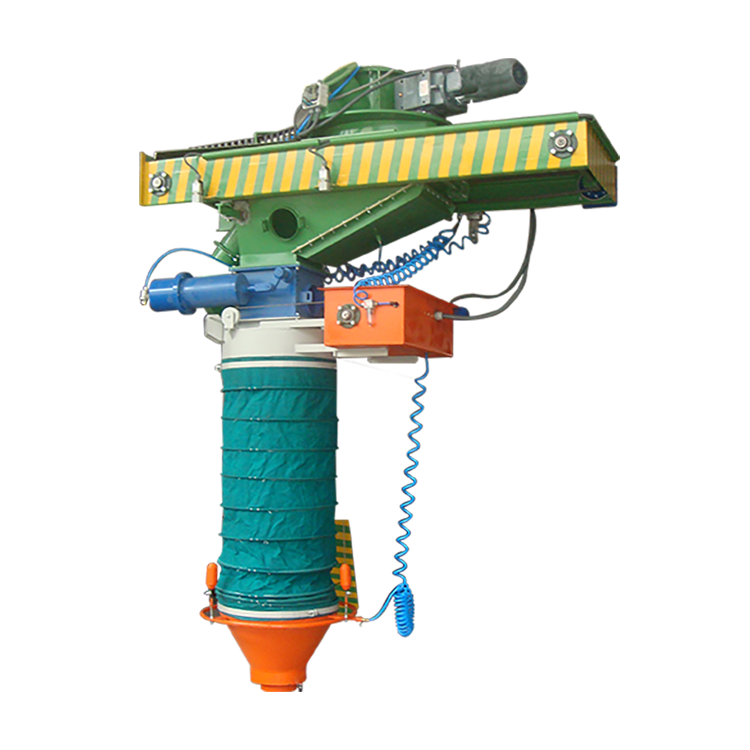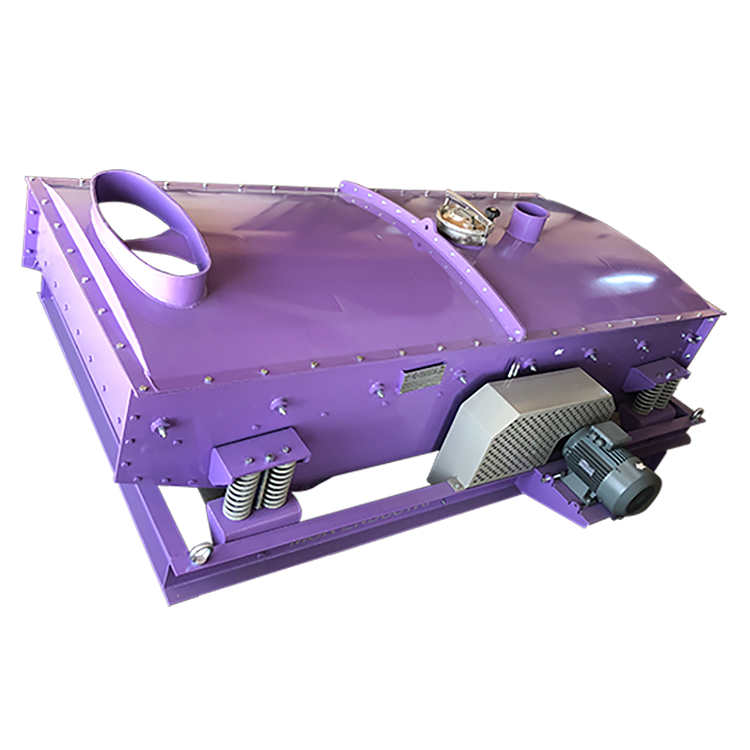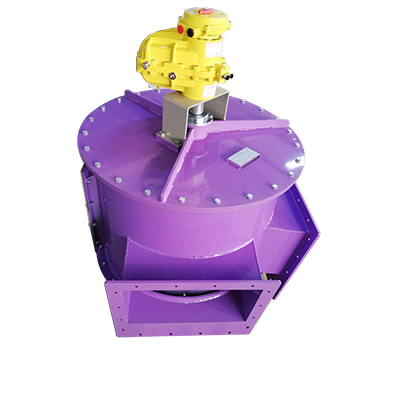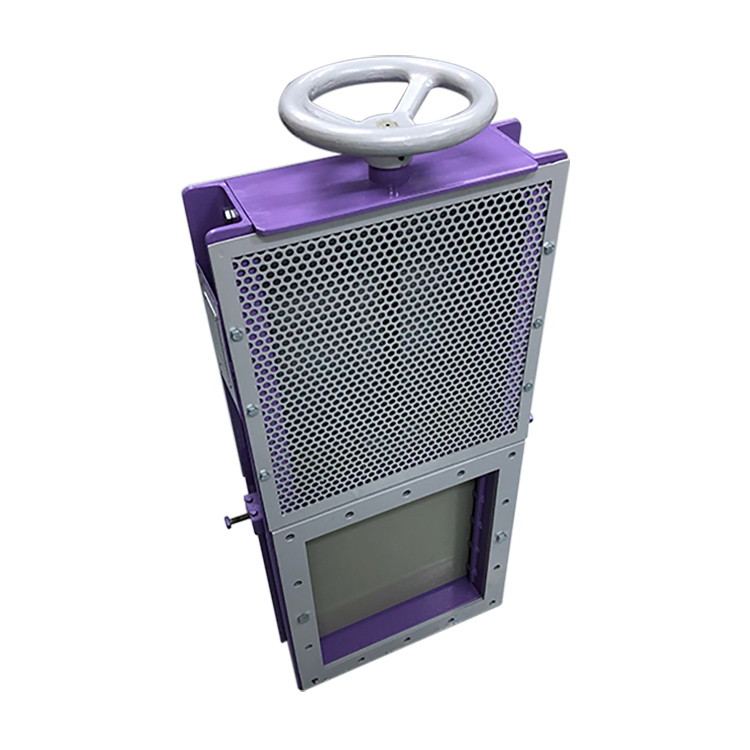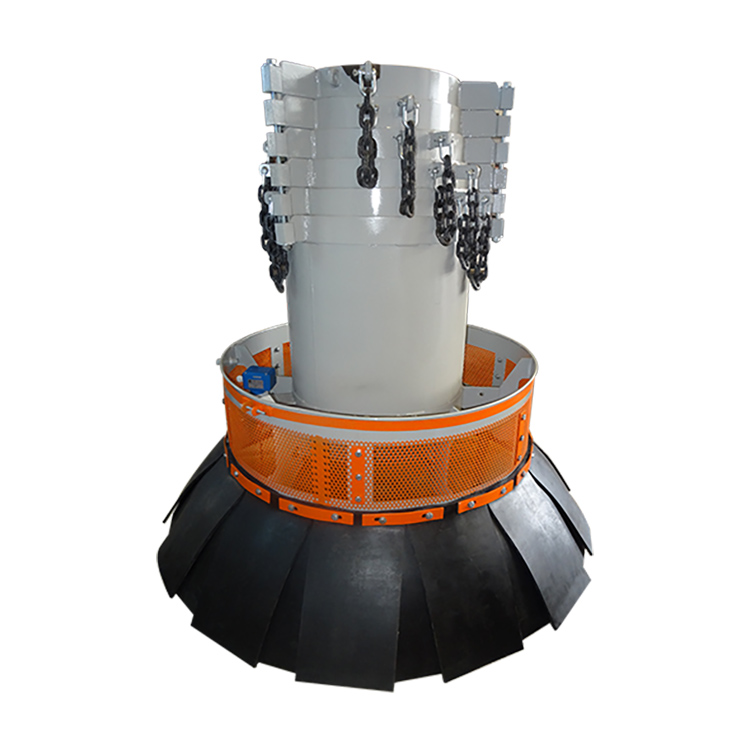Quarter turn pneumatic actuators are among the most reliable and efficient actuators used in the chemical industry and automation field. Tested many times during production, these actuators operate with excellent reliability and efficiency during operation. While a quarter-turn actuator is being manufactured, it is fully lubricated and tested for a long time.
A quarter-turn actuator can be single or double acting. Single-acting spring systems work with the air pressure given to the spring inside. On the other hand double-acting actuators work with air supplied from different air inlets. These actuators, which can be operated with different valve types, comply with international standards. They are also assembled very easily.
Where Are Quarter Turn Actuators Used?
Quarter turn pneumatic actuators can work with butterfly or plug valves. Pneumatic actuators are among the most comfortable to mount on valves. Quarter turn actuators provide a 90-degree rotation capability and can be used wherever such a feature is required. Their lightness and dimensions are features that make them easy to install. The universal standard connection of the shafts also makes them easy to install.
Solenoid valves and mounting pads also make them advantageous in terms of installation. Generally, quarter-turn actuators can operate at different temperatures from -40 degrees to +80 degrees. The use of pneumatic actuators almost everywhere, including in explosive atmospheres, is one of the biggest advantages over other actuators. A pneumatic actuator is usually chosen for such workplaces.
How Do Quarter Turn Actuators Work?
There are two types of quarter-turn pneumatic actuators in terms of their working style. One of them is double-acting pneumatic actuators. This type of actuator has two air inlets. The air given from one of the actuators ensures the operation of the actuator and the air given from the other makes it close. Single-acting pneumatic actuators work with a spring system and have only one air inlet.
Air inlet is closed when air pressure is applied, if they are operational, and closed if they are open. Quarter turn actuators, which are single-acting, can be controlled with control valves that have 2 ports. Double-acting actuators can also be controlled with four or five-way control valves.



 TR
TR